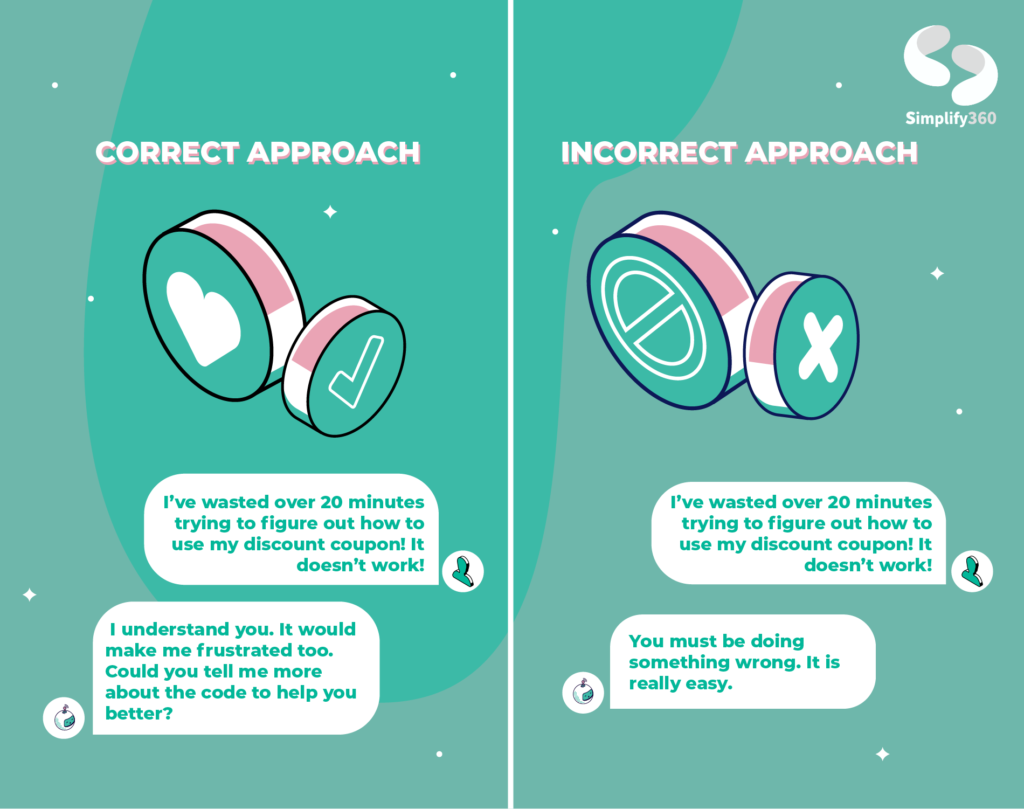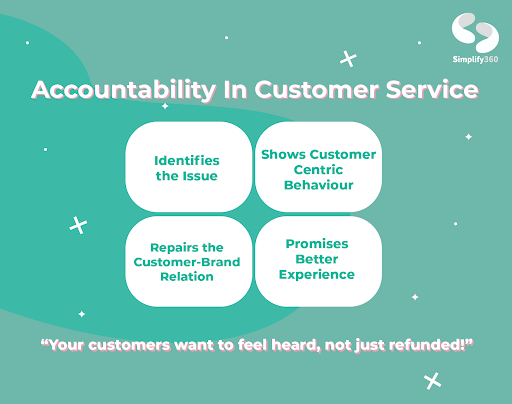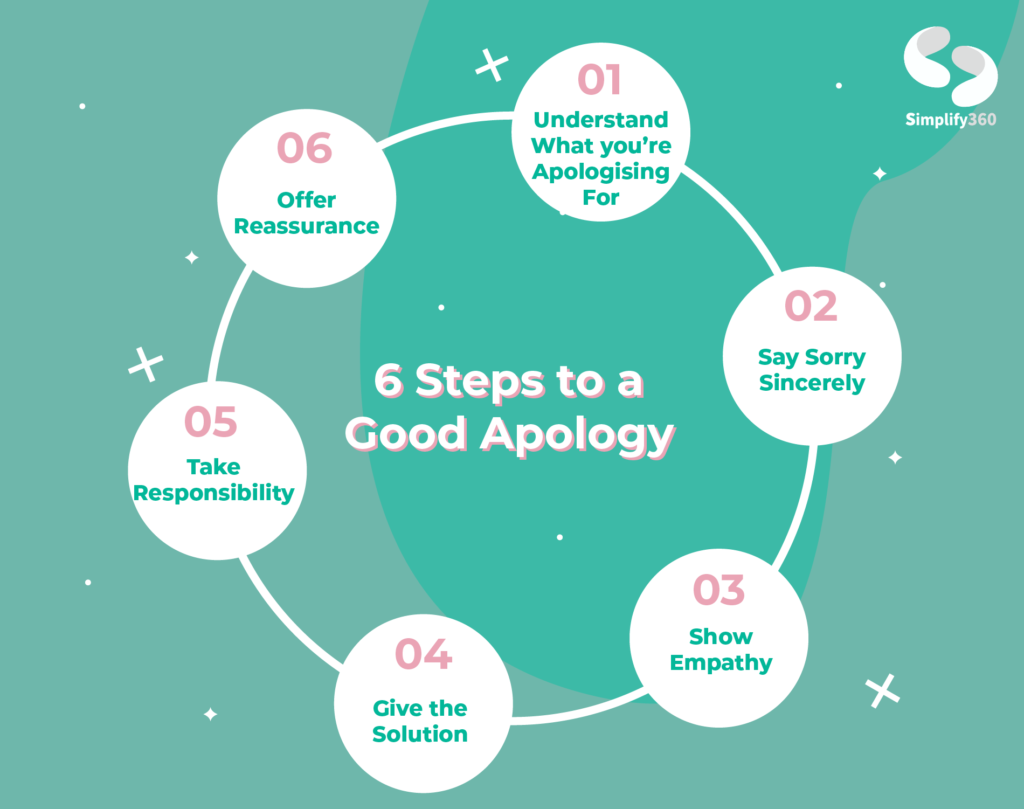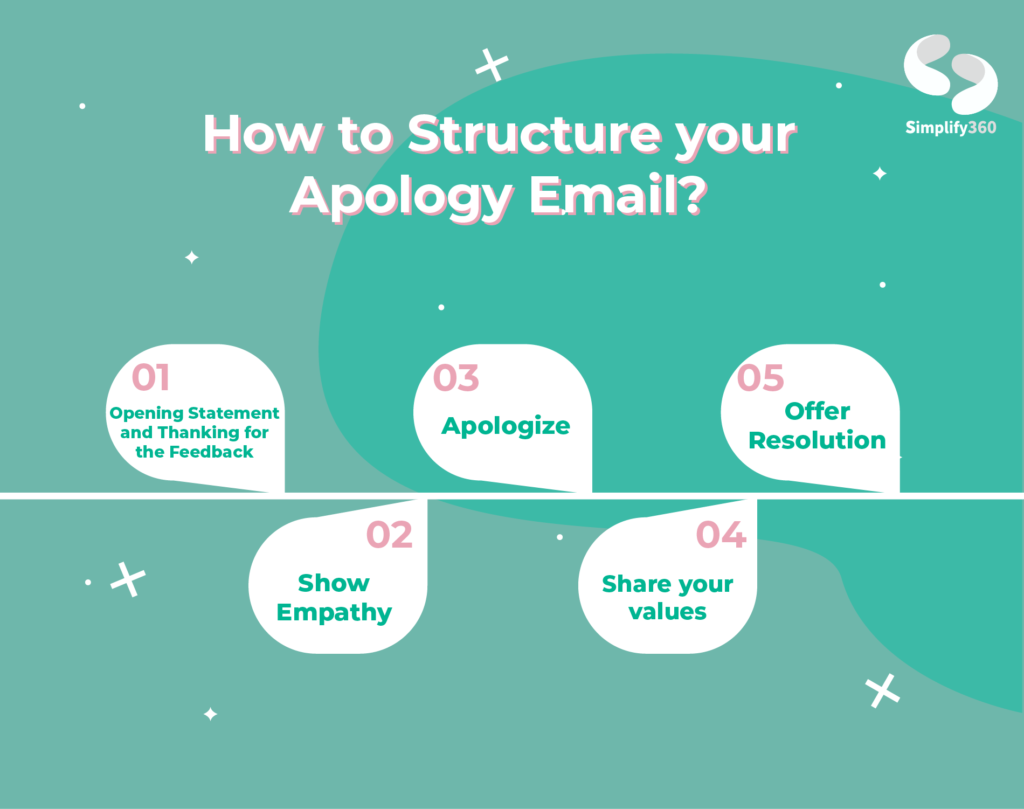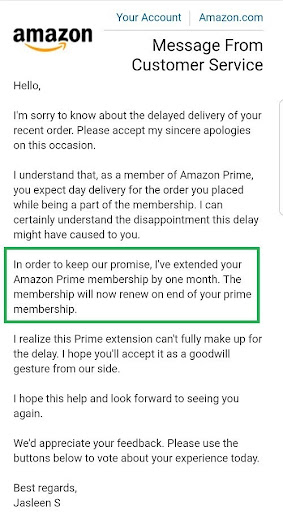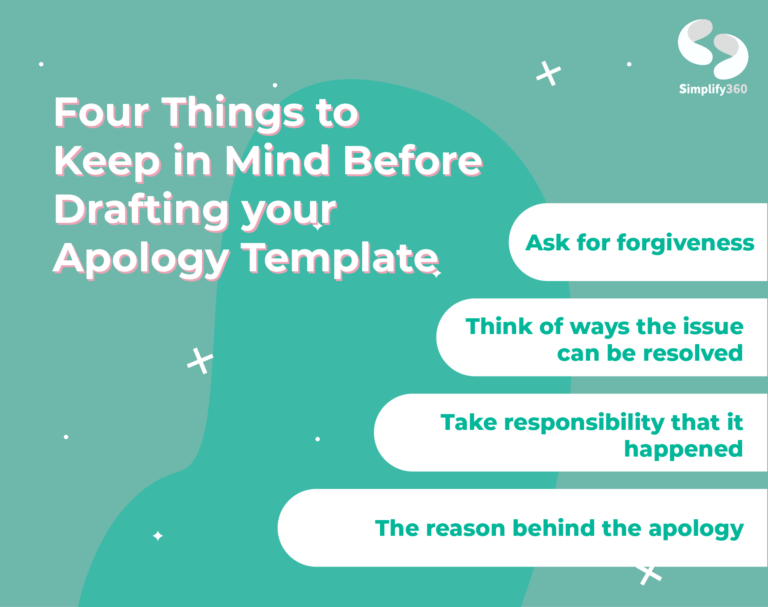Mistakes happen! Eventually, something will go wrong! The best thing to do is own your mistake and apologize to customers!
Customer service is a challenging task. It is impossible to ensure top-class customer service at all given times. Your customer support team comprises humans. And humans will make errors. Therefore, it is important to accept mistakes as a part of the customer service team.
Accepting that mistakes will be made, prepares you for worst-case scenarios!
Accepting the possibility of upset customers prepares you to deal with angry customers. Moreover, when dealt with efficiently, these mistakes act as a window to better customer support.
Of course, the cheapest way to deal with mistakes is to apologize to customers.
Numerous companies believe genuine apologies to be more effective than compensation in service recovery.
The Carey School of Business states that only 37% of upset customers preferred compensation alone, whereas 74% preferred brands to sincerely apologize on top of credit.
We totally understand the importance of saying sorry to save your customer relationships. And, we also understand, it is no walk in the park.
This blog will act as a quick guide on how to apologize to customers. For your ease, we have also added some apology templates. To become the hero at apologizing, continue reading!
6 Key Ingredients for an Effective Apology
Making a customer service apology is all about taking full responsibility. It requires you to take into account your customer’s feelings. Place yourself in your customer’s shoes and see things from their perspective.
It helps you follow an empathetic approach and deliver the sincerest apologies.
Here is a step-wise guide on how you can achieve that.
1. Identify the Root Cause
Before you even begin to think of making an apology, you must do a thorough analysis of the customer complaint. Ask questions like “how did the issue arise” and “which department made the error”.
Such questions help you understand the root cause of the complaint. It helps you identify the gap. For example, sometimes the customer complains after receiving a defective product. Other times, it may simply entail a billing error.
Reading your customer feedback offers you a brief explanation of the issue. With this, you can understand how brand actions have affected the customer. It helps you measure the extent of a customer’s anger.
Once you have a thorough understanding of the issue, your apology will be genuine.
2. Apologize Sincerely
A sincere apology is the key to retaining customers!
As stated earlier, approximately 75% of customers value brands that own their mistakes. This is the point where you can make the customer feel valued.
For this, your apology must be sincere with a personal touch.
Instead of using templates like “Sorry for the inconvenience”, use phrases such as “We apologize for the inconvenience caused.”
Here are a few more examples of the same
- I’m so sorry for the delayed response from our end.
- We apologize for the delivery of a defective product.
- Your anger is justified. Kindly provide me with a chance to rectify the situation.
Statements with first-person and second-person structures enable the customer to feel heard. It also provides your agent with the chance to show that the customer feedback form is aptly read.
Once you’ve added a personal touch, you can move on to showing your empathetic side.
3. Empathy in Customer Service
Empathy is the key to melting the angriest of your customers.
To practice it correctly you must understand that empathy in customer service is the act of placing yourself in your customer’s situation. A situation that you think is easy to handle, might be a complex process for the customer.
For example, look at the below illustrations.
Showing empathy can dilute your customers’ anger. This is very important to make sure your customer understands the solution provided.
4. Resolve the Issue
Once your customer is in receiving approach, you can begin with providing the solution.
Understand that your empathetic approach to an apology is only good when followed by an effective solution. If your customer support team fails to solve the problem, you are at risk of losing customers.
This is where customer feedback forms come in handy. When you thoroughly analyze the customer feedback form, you get a better understanding of the issue. As mentioned earlier, understanding the root cause is important to provide the best solution.
Therefore, once you have expressed your empathy and apologized, guide the customer step-by-step to resolve their issue.
It is important to use clear and precise sentences. Your customer might be in an angry or distorted mindset. And, the duty to ensure the issue is resolved, falls upon you!
5. Take Responsibility
With the help of the above 4 points, you can successfully manage to solve any customer complaint. However, your approach must show a sense of responsibility. When a customer complains about a certain issue, they are also complaining about your brand.
Therefore, you must understand and show your customers that you take full accountability.
Customers value a brand that can own up to its mistakes. Your approach to your customers’ complaints can either rebuild or disrupt the trust. It is a good opportunity to rebuild your brand image.
Therefore, instead of playing the blame game, take responsibility, apologize, and show empathy.
Be the brand that customers return to for excellent customer service.
6. Offer Reassurance
Another sentiment that must be reflected in your apology is reassurance. Whether modern or old, customers are always wary of brands that have faltered in their service once. As a result, even with the best approach, you might still lose the customer.
To avoid this, assure your customer that this was a one-time mistake. Follow this with incentives such as discount codes and offers.
This not only reassures your customer but mends any cracks that might have occurred in customers’ trust.
How to Draft an Apology Letter
Taking the blame on yourself is not an easy task. It’s quite the opposite of natural human nature. But, you must follow the “Fault confessed is half redressed” approach in customer service.
Since time immemorial, letters have been a way to apologize. And, the corporate equivalent of letters is Email. Although considered an old form of communication medium, emails still hold great power.
Offering your customers an apology email reinstills the feeling of their importance. It acts as visual proof of your customer-centric service. It also enables you to seek their feedback.
Here are a few pointers to keep in mind before drafting an apology email.
1. Opening Statement and Thanking for the Feedback
The moment you receive a complaint email, reply immediately. Take no more than 24 hours to reply. Your reply must have an opening statement followed by thanking the customer for their feedback. This enables a personalized response.
Take a look at this structure for example,
Dear Matthew,
Thank you for writing to us. We are extremely sorry for the delay in product delivery.
This opening sentence includes the customer’s name. This helps establish a direct connection with the customer. Moreover, your customer feels that they are more than a customer number.
Furthermore, thanking the customer for writing to you shows that you value their connection with you.
2. Be Empathetic
We’ve already discussed the importance of showing empathy. This part will help you reflect empathy via words. Here are a few empathy templates you can use in your service apology emails.
- I can understand how frustrating it must be…
- I realize that that process is a bit complicated but we are here to guide you.
- I can only imagine how upsetting it must be for you to…
- I am sorry to hear that…
Using these templates requires you to understand the issue carefully. Maintain a positive tone throughout the email to ensure that the customer stays positive regarding the resolution of the issue.
When you are empathetic, customers tend to relax. This is because your approach reflects a “your problem is our problem” attitude.
3. Apologize
Once you’ve addressed the customer and the problem, make your apology.
Here are a few templates to help you with the same
- We’re really sorry that the <Service> didn’t turn out as expected
- We realize that the <abc> emails we’ve been sending you were not delivered on time
- I am sorry that the product didn’t meet your expectations
- On behalf of the <company name>, I would personally like to apologize for the inconvenience caused
As you can see, these templates allow you to take full responsibility for the issue and make a genuine apology. The apology statement in your email must clearly state the issue raised by the customer and that you take full responsibility for it.
4. Share Your Values
Once you’ve held yourself (in the name of the brand) accountable, provide the customers with the values of your company. This step enables the customer to see that the mistake made was indeed a one-time error.
This part can look something like this.
- This is against our company policy which clearly states…
- I would like to ensure you that we will do our best to help you, as our company believes in customer-centric service.
- We assure you that your issue will be resolved at the earliest.
Statements such as these enable customers to be acquitted with your excellent customer service policy. Once the issue gets resolved, these sentences also act as proof of your support.
5. Offer Resolution and Incentives
As we mentioned earlier, no amount of genuine apology will matter if you can resolve the issue. Therefore, make sure you have a thorough understanding of the problem to resolve it.
We still recommend not risking the customer getting angry. Offer the resolution suggestively and not in a “do this and that manner”. Here are a few examples of the same.
- We understand what you’re going through <name>, here’s what can be done…
- Here are a few ways we can help you activate your lost discount coupon.
- Please provide us with the chance to remedy the situation with….
The next part deals with offering a discount code. Offering your upset customers with incentives makes acts like a cherry on top after a genuine apology.
Take a look at these templates for example.
- As an expression of our guilt, we would like to extend our top discount offer…
- We believe this mistake will not impact our long relationship. Please accept this small gesture of forgiveness and…
- We will try our best so that no such mistake is repeated in the future. Please allow us to offer a remedy with this small refund amount of …
Offering resolutions and incentives go hand in hand. It gestures that you are an accountable and responsible brand.
Have a look at this apology letter by Amazon to understand the above pointers in detail.
Conclusion
In this blog we have covered almost all the aspects of delivering a good apology. However, certain important points to hold to are:
Choose to be empathetic. Choose to be customers’ first choice! Make your customer service stand out by delivering excellent apologies!


